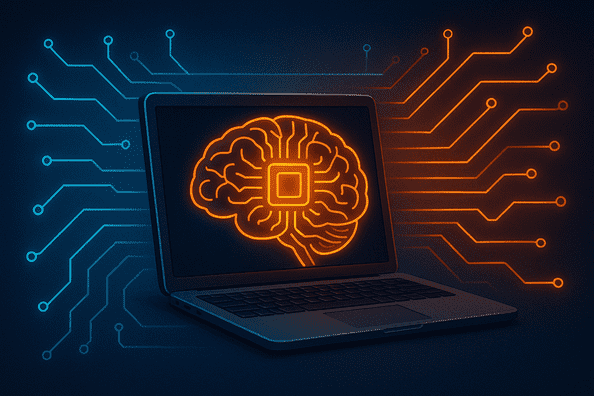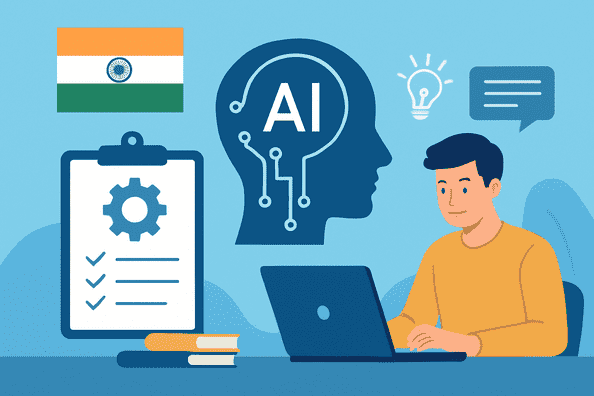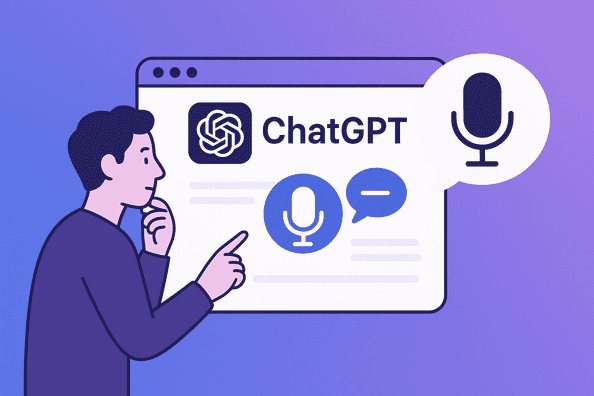Artificial Intelligence is quickly becoming the backbone of global innovation, driving advances in everything from healthcare to entertainment. This week, the spotlight turns to Washington as President Trump unveils a new “AI Action Plan”—a sweeping set of policies meant to supercharge America’s role in the global AI race. The immediate response? Fierce debate from every corner of the tech landscape.
A Bold Vision: What Is the Trump AI Action Plan?
Announced at the “Winning the AI Race” event, the Trump AI Action Plan centers on removing regulatory hurdles and giving private industry room to move fast—sometimes at the expense of established guardrails from the prior administration. The plan emerged after months of input from high-profile Silicon Valley figures and is positioned as a major shift from the more cautious, risk-focused approach that characterized the Biden era. Trump’s strategy is built on three main pillars:
- AI Infrastructure: Overhauling permit rules to expedite the construction of data centers, and modernizing the U.S. energy grid to meet AI’s massive power demands.
- Innovation Unleashed: Rolling back regulations the administration deems “burdensome,” with the goal of boosting American competitiveness and discouraging state-level AI restrictions.
- Global AI Leadership: Easing export rules to speed up U.S. AI products hitting global markets and warning competitors not to hinder American companies.
Why Is the Industry Split?
On its face, this hands-off model looks like a welcome shot in the arm for U.S. tech giants and ambitious AI startups. After all, AI infrastructure—from chip fabs to data centers—doesn’t get built without streamlined oversight, and global demand is rising fast. Supporters point to recent investments like Amazon’s $20 billion in new data centers as proof that nimble policy can attract cutting-edge projects.
However, the plan’s champions and critics see very different futures. For some, this is a needed correction to what they argue was an overly cautious, sluggish regulatory regime. For others, it’s a dangerous bet that could accelerate risks—from AI-powered misinformation to unchecked surveillance—without proper accountability.
Real-World Examples: Benefits and Risks in Motion
Big Tech and the Innovation Surge
Tech leaders—many of whom were closely involved in shaping the Trump AI Action Plan—have applauded its promise to “unleash” the private sector. Venture capitalists and AI entrepreneurs, especially those behind popular platforms like the All-In Podcast, argue that fewer restrictions mean faster iteration and bigger breakthroughs. For example, the push to allow “open-weights” AI models could help independent developers and smaller businesses get hands-on with cutting-edge technology, which is often locked behind closed ecosystems under stricter regulations.
Concerns From Civil Society and Labor
Not everyone is convinced. In an unusual show of cross-industry solidarity, nearly 100 organizations—from labor unions to privacy groups—have released their own “People’s AI Action Plan,” countering Trump’s industry-first agenda. Their demands? Protect jobs, ensure AI is used ethically, and keep the environment in mind as data center construction ramps up. As Amba Kak of the AI Now Institute put it, “Every time we say, ‘What about our jobs, our air, water, our children?’ they’re going to say, ‘But what about China?’”
State vs. Federal Tensions
The plan’s symbolic move to block state-level AI regulations has sparked legal debate. Many states have moved aggressively on AI—hundreds of bills were introduced in 2024 alone—reflecting local concerns around deepfakes, bias, and data privacy. Trump’s approach challenges that model, aiming for nationwide consistency but risking clashes over states’ rights and public safety.
My Take: Balancing Speed and Safety in a Defining Moment
As someone who’s watched AI move from Silicon Valley cafes to Capitol Hill, this debate feels less like a partisan tug-of-war and more like a pivotal test of America’s ability to govern rapid innovation. There’s no question the Trump AI Action Plan could make the U.S. a magnet for tech investment, encouraging the kind of creative risk-taking that only happens when government gets out of the way.
But innovation without guardrails often produces winners and losers. History teaches us that big bets—especially on transformative technology—need careful calibration. If the pendulum swings too far toward deregulation, the next headline might not be about the world’s fastest chip, but about a disastrous misuse of AI that erodes public trust.
What Should Readers Watch For?
- Practical Outcomes: Will the promised data center boom materialize—and at what environmental or social cost?
- Legislative Battles: Keep an eye on lawsuits or new state laws that challenge or circumvent the federal vision.
- The Global Contest: How will rivals like China and the EU respond to a more aggressive American push in AI?
Conclusion: Defining the Future, Together
The Trump AI Action Plan is a clarion call for U.S. global leadership—but it’s also a gamble. Its success (or failure) will hinge on whether policymakers can foster both relentless innovation and unshakable public confidence. The ongoing debate isn’t just about technology—it’s about the values that will guide the next era of American progress.



